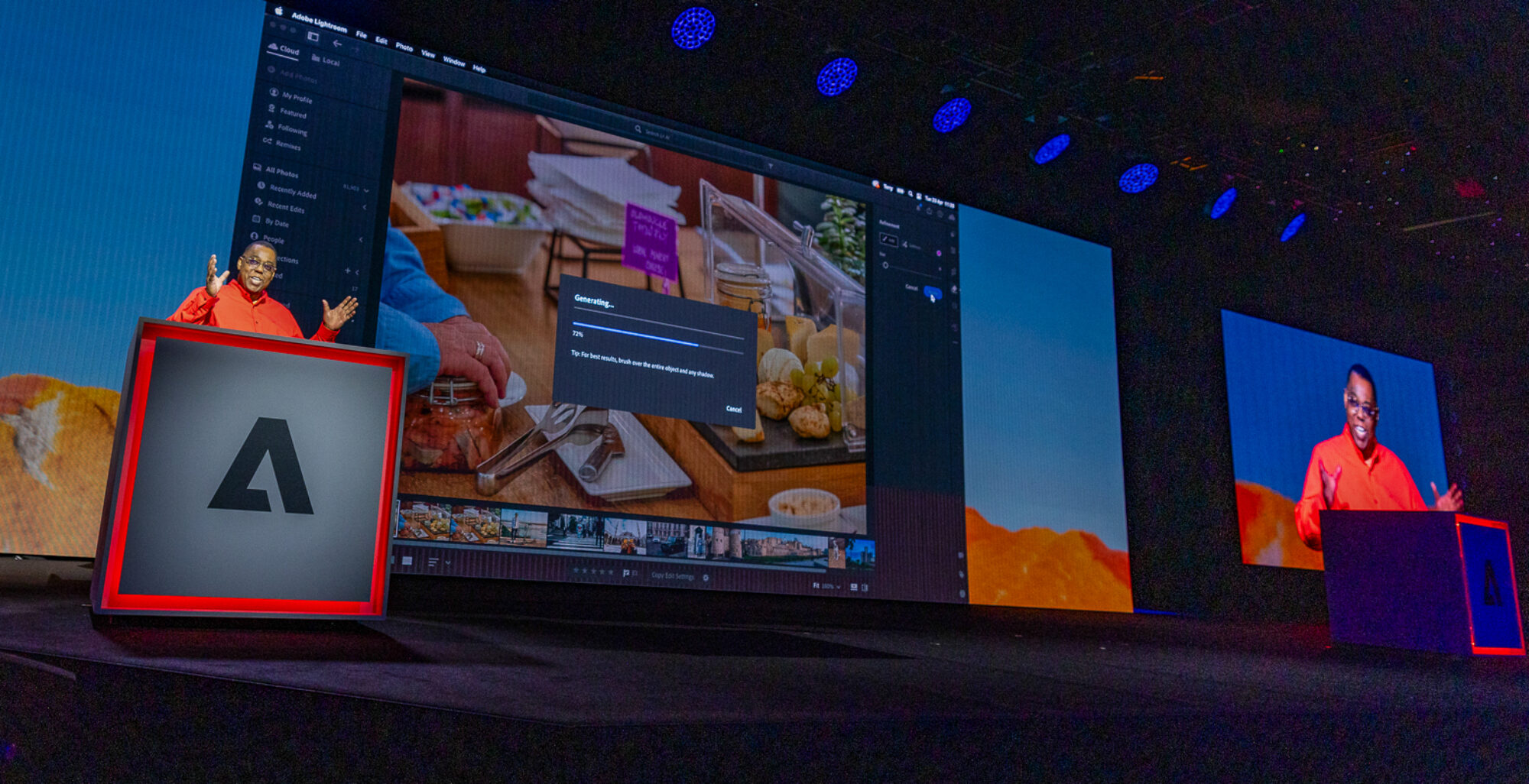Understanding the Rise of Side Computer in Today's Digital World
In the swiftly advancing landscape of technology, edge computer emerges as an essential force, reshaping exactly how information is refined and made use of. By transitioning data administration closer to the resource, side computer addresses crucial latency concerns while optimizing data transfer use and enhancing protection measures.
What Is Edge Computer
Edge computer, although a reasonably recent improvement in the world of modern technology, essentially changes just how information is processed and managed by bringing computation and data storage closer to the area where it is needed. Unlike conventional cloud computing models, which often count on central data centers that can be geographically distant, side computer decentralizes data handling. This distance decreases latency, boosts real-time data handling, and improves the total customer experience by making sure much faster feedback times.
At its core, side computing includes a network of local gadgets and facilities, such as entrances, routers, and sensing units, with the ability of processing information at or near the resource. This localized processing ability is particularly vital for applications calling for immediate data analysis, such as independent automobiles, industrial automation, and smart cities. In addition, by offloading data handling tasks from main servers, side computing reduces data transfer requirements and improves data privacy and security, as sensitive information can remain on-site as opposed to passing through substantial networks.

Secret Drivers of Fostering
Several aspects are driving the adoption of edge computer in today's electronic landscape. Side calculating addresses this need by making it possible for data handling closer to the information source, minimizing latency and enhancing real-time decision-making capabilities.
An additional considerable motorist is the need for boosted bandwidth effectiveness. Central cloud systems can end up being overwhelmed with the large quantity of information generated by IoT tools, bring about bottlenecks (Best tech blog). By processing information at the side, companies can minimize network congestion and enhance general system efficiency
Furthermore, safety and privacy concerns are pressing organizations towards edge computing. By processing sensitive information in your area, firms can mitigate risks connected with data transmission and exposure to potential cyber risks.
The surge of applications requiring real-time handling, such as autonomous lorries and increased fact, likewise requires the rapid feedback times that border calculating supplies. Jointly, these vehicle drivers are making edge calculating an essential part of modern IT facilities, leading the means for its widespread adoption throughout various markets.
Advantages Over Cloud Computing
How does edge computer identify itself from standard cloud computing? Primarily, edge computer brings data handling closer to the source of information generation, often on regional tools or close-by servers, instead than counting on centralized data.
Moreover, edge computer enhances transmission capacity effectiveness (Best tech blog). By processing information in your area, just the required information is transmitted to the cloud for additional analysis or storage space, decreasing the quantity of information that traverses the network. This not just alleviates network congestion yet additionally reduces data transmission prices
Edge computing likewise offers better information personal privacy and safety. Delicate information can be processed in your area without being sent Full Article to the cloud, decreasing the exposure to possible cyber threats. This is especially valuable for markets handling secret information, such as medical care and economic solutions.
Furthermore, side computer guarantees better strength and integrity. Regional processing permits proceeded operation even when connectivity to the cloud is endangered, maintaining essential functions and services despite prospective network interruptions. These advantages collectively demonstrate edge computing's transformative possibility in enhancing efficiency and protection in electronic environments.
Difficulties and Considerations
While edge computing provides various benefits, it additionally offers special obstacles and factors to consider that must be addressed to completely understand its capacity. One considerable challenge is information safety and privacy. Processing information more detailed to the source raises the danger of unauthorized accessibility, necessitating robust security and rigorous safety protocols to shield delicate details. In addition, managing and keeping an eye on a decentralized network of side devices can be intricate, needing sophisticated devices and strategies to make sure seamless procedure and upkeep.
One more factor to consider is the scalability of side computing solutions. As the variety of connected gadgets grows, so does the need for refining power at the side, which can result in source constraints. Organizations has to carefully prepare their framework to fit this development without compromising performance or performance.
Interoperability is another important aspect. With various software and hardware elements entailed, ensuring compatibility and smooth integration can be tough. Standardization initiatives are vital to promote interaction between inconsonant systems.
Future Trends in Edge Computing
Anticipating the future, side computer is poised to revolutionize different industries by enabling faster information processing and minimizing latency. As the volume of data produced by IoT tools remains to expand, edge computer will certainly become progressively vital in managing this influx efficiently. One significant fad is the combination of expert system at the side, enabling real-time analytics and decision-making without depending on cloud-based sources. This shift is expected to boost applications in independent lorries, wise cities, and medical care, where prompt data handling is critical.
An additional arising fad is the development of edge-native applications made especially to leverage the unique abilities of edge Check Out Your URL computer. These applications will certainly enhance performance and source usage, causing increased effectiveness throughout different industries. Developments in 5G modern technology will even more strengthen edge computing by giving the needed framework for high-speed, low-latency communication between devices and side nodes.
Conclusion
Edge computing's surge is driven by the proliferation of IoT devices and the demand for real-time data processing, which boosts performance by reducing latency and decentralizing data administration. This method alleviates data transfer inefficiencies and safety concerns, facilitating innovations in applications like smart cities and self-governing vehicles. Despite obstacles such as infrastructure complexity and integration, the future of side computing promises a more responsive electronic ecosystem, with proceeded innovations forming its evolution and increasing its applicability across markets.
Side computer, although a relatively recent advancement in the world of innovation, fundamentally changes just how data is refined and managed by bringing calculation and data storage closer to the location where it is required. Unlike conventional cloud computing designs, which typically depend on centralized information centers that can be geographically remote, edge you could look here computer decentralizes data handling. Additionally, by offloading data processing tasks from central servers, side computing minimizes transmission capacity needs and boosts information privacy and protection, as sensitive details can stay on-site rather than traversing comprehensive networks.

Comments on “Why the Best tech blog is Your Go-To Resource for Expert Reviews and Insights”